Fashion is an ever-evolving industry, with brands constantly striving to set new trends and make a mark on the global stage. In recent years, certain names have stood out for their innovation, quality, and influence in shaping contemporary style. From luxury giants with timeless appeal to emerging designers bringing fresh perspectives, the fashion world offers a diverse array of options for every taste. If you're curious about which brands are leading the charge in the industry today, explore the list below.
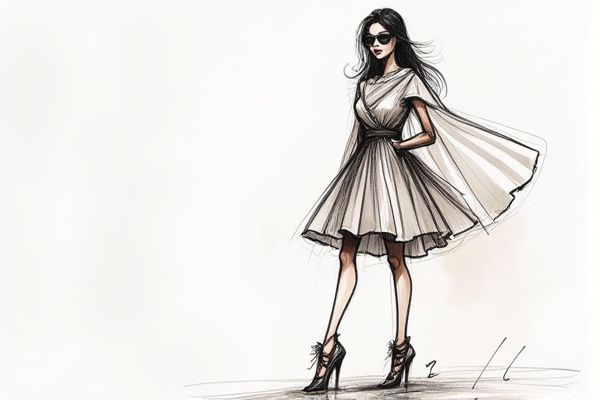
Illustration of fashion
Best brands of fashion in 2025
Gucci
Gucci is one of the leading luxury fashion brands, renowned for its high-quality products and strong global presence. As of 2024, Gucci generates 44% of its revenue from the Asia-Pacific region, 22% from North America, and 22% from Western Europe, with leather goods accounting for 55% of its total revenue. The brand has a significant retail network, with 538 stores worldwide, and is valued at approximately $23.8 billion USD, making it the fourth most valuable luxury brand globally. Gucci's success is also driven by its appeal to younger demographics, with half of its sales coming from millennials. Despite recent challenges, Gucci remains a flagship brand for the Kering Group, contributing over 50% of the group's annual revenue. For more detailed information, you can visit their website.
Chanel
Chanel stands as a pinnacle of luxury fashion, boasting a revenue of $19.7 billion in 2023, a 16% increase from the previous year, driven by price increases and higher volumes. The brand's consistent growth is evident, with a profit of $6.4 billion in 2023, an 11% rise. Chanel's global presence is strong, with $8.65 billion in revenue from the Asia Pacific, $4.72 billion from Europe, and $3.86 billion from the Americas in 2022. The brand's market share is significant, holding 15% of the global luxury market. Chanel's commitment to quality and innovation, as seen in its quilted leather handbags and Swiss-made watches, continues to drive its success. For more insights into Chanel's rich history and founder, explore their official page.
Louis Vuitton
Louis Vuitton is a pinnacle of luxury fashion, founded in 1854 by Louis Vuitton, and has evolved from a humble luggage company to a global fashion powerhouse. The brand achieved a remarkable revenue of $75.9 billion in 2021, up from $51 billion in 2020, and its brand value surged to $23.4 billion in 2022. Louis Vuitton leads the luxury industry with a dominant market capitalization of $306.18 billion and holds a significant market share, contributing substantially to LVMH's overall performance. The brand's iconic products and strong global appeal have maintained a loyal customer base, with 71% of owners likely to use Louis Vuitton again. In 2023, the Fashion & Leather Goods business group, which includes Louis Vuitton, achieved a 14% organic revenue growth. For further details, visit the official Louis Vuitton website.
Prada
Prada, a renowned Italian luxury fashion house, stands as one of the leading brands in the fashion industry, known for its cutting-edge style and intellectual approach to fashion. As of 2023, Prada operates 631 owned and franchised stores worldwide and employs 14,876 people globally. The brand's largest source of revenue comes from the sale of leather goods, such as purses and belts. In 2024, Prada reported a 16% year-over-year increase in net revenues, with retail sales up 18% driven by strong performances in the Asia-Pacific and Europe regions. Miu Miu, another brand under the Prada Group, saw a significant 97% year-over-year increase in retail sales for the first nine months of 2024. For more detailed information about Prada's luxury fashion offerings, visit their official brand website.
Dior
Christian Dior stands as a pinnacle of luxury fashion, achieving nearly $85 billion in revenue in 2022, marking a 16.61% increase from 2021, and operating over 390 stores worldwide. The brand commands a leading position with a 35% revenue share from Asia and holds a global market share of 2.4% in the luxury goods industry as of 2020. Dior caters predominantly to a female audience, with 74% of its customers being women. The brand's commitment to quality and innovation is reflected in its high-end offerings, including haute couture and ready-to-wear collections. With a strong foothold in France and China, Dior continues to expand its market share through strategic collaborations and digital marketing. For detailed insights, explore their Christian Dior statistics.
Versace
Versace, founded in 1978 by Gianni Versace, is a leading luxury fashion brand known for its bold, innovative designs and vibrant prints, reflecting Italian glamour and opulence. The brand operates over 230 boutiques and 638 licensed stores worldwide, generating approximately one billion U.S. dollars in revenue in the fiscal year 2024. Versace's product range includes haute couture, ready-to-wear, handbags, shoes, accessories, jewelry, watches, eyewear, fragrances, and home furnishings. The brand's revenue is significantly derived from direct-to-consumer channels, including physical retail stores and online sales, as well as wholesale distribution to high-end department stores. Licensing agreements, particularly for eyewear and fragrances, contribute nearly 15 percent of total earnings. For more detailed information about the brand's operations, visit the Versace company profile.
Balenciaga
Balenciaga is a renowned luxury fashion brand, recognized by 60% of luxury fashion owners in the United States, with 13% of these owners possessing a Balenciaga piece. The brand, under the creative direction of Demna Gvasalia since 2015, has seen significant growth through its e-commerce platform and product diversification, including luxury clothing, footwear, accessories, and sustainable initiatives. Balenciaga's innovative designs and commitment to sustainability have attracted a loyal customer base, particularly among Gen Z and Millennials. Despite facing controversies, the brand has shown a gradual recovery, climbing back up the Lyst Index and experiencing a 7% increase in demand on Lyst in Q4. Balenciaga's global expansion and collaborations with artists and influencers have solidified its position as a leader in the luxury fashion industry. For more detailed insights regarding Balenciaga's performance, visit Statista's Consumer Brand Profiles.
Burberry
Burberry, a renowned British fashion house, is facing challenges in the luxury market despite its rich heritage and global recognition. The brand generated £2.97 billion in revenue for the fiscal year 2023/24, with the Asia Pacific region accounting for about 43% of its revenue. However, Burberry has seen a significant decline in profits, with adjusted operating profit expected to be in the range of £410-£460 million, down from the previous projection of £552-£668 million. This decline is partly due to a slowdown in luxury demand globally, particularly in the US and Hong Kong markets. Despite these challenges, Burberry remains committed to its growth strategy, aiming to leverage its unique attributes and creative vision under chief creative officer Daniel Lee. For more insights, explore their strategic report.
Givenchy
Givenchy is a renowned French luxury fashion and perfume house, holding a prominent position in the industry with its haute couture, ready-to-wear clothing, perfumes, and accessories. The brand boasts a significant global market presence, with a 42% market share in Europe, 18% in Asia, 14% in America, and 7% in the Middle East. Givenchy's designs are characterized by a blend of classic elegance and contemporary style, attracting a loyal following of fashion enthusiasts and celebrities worldwide. Since its establishment in 1952, Givenchy has been synonymous with luxury and sophistication, and its acquisition by LVMH in 1988 has further solidified its position. The brand continues to innovate and expand its market presence through digital transformation and strategic marketing efforts. For more insights into the brand, visit the Givenchy brand analysis.
Saint Laurent
Saint Laurent, founded by Yves Saint Laurent in 1961, has evolved into a leading luxury fashion brand, renowned for its innovative and iconic designs. In 2023, the brand generated approximately EUR3.18 billion in global revenue, with a significant 71% of this revenue coming from leather goods, highlighting the brand's dominance in this category. Under the leadership of CEO Francesca Bellettini and creative director Anthony Vaccarello, Saint Laurent has seen a five-fold increase in sales since 2013 and a ten-fold increase in profits. The brand's strategy of maintaining a consistent and profitable business model, avoiding markdowns, and expanding its retail presence has been instrumental in its success. Ready-to-wear, though a smaller segment, remains the brand's fastest-growing category. For detailed statistics about the revenue distribution of Saint Laurent by product category, visit global revenue share of Saint Laurent.


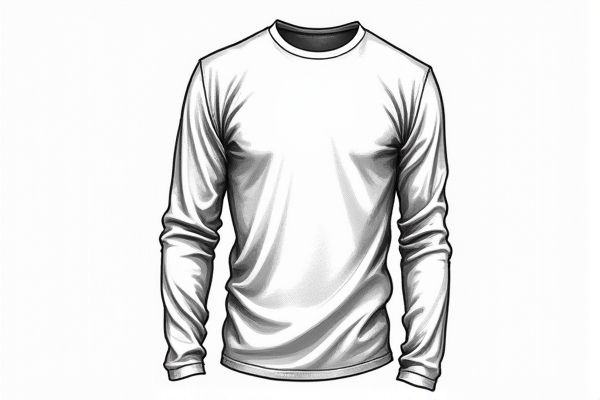

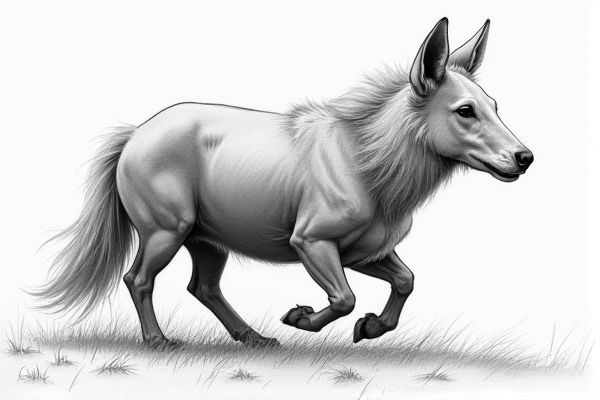





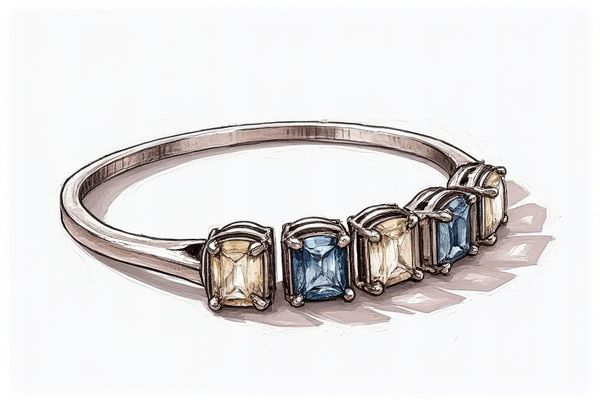
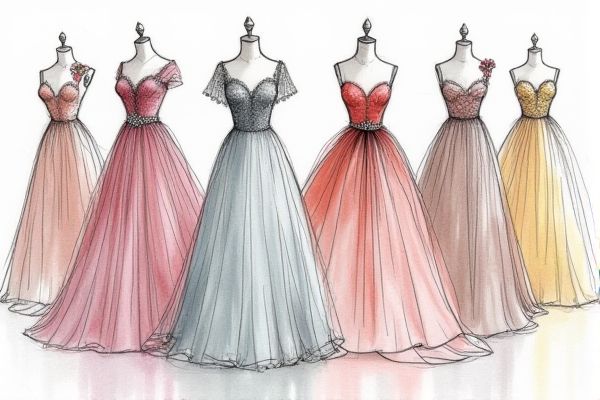
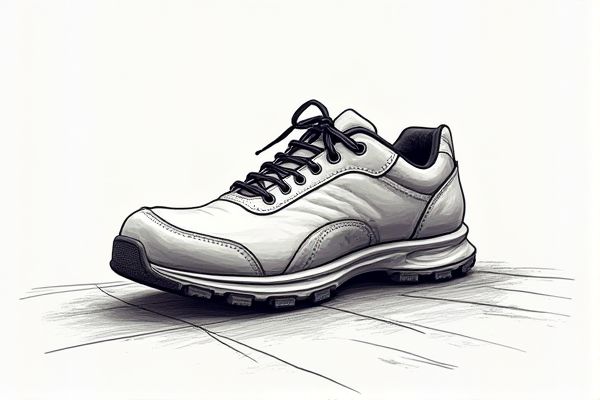
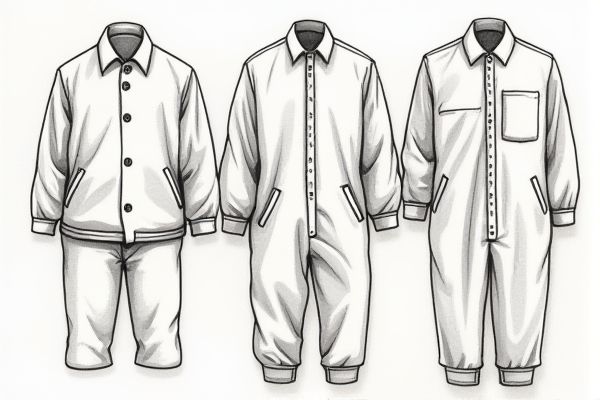
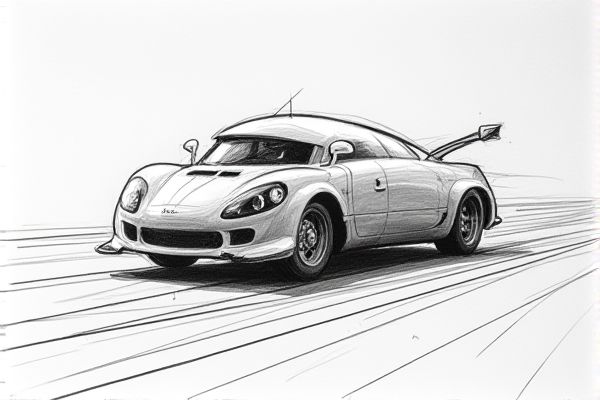

Leave a Reply
Your email address will not be published.